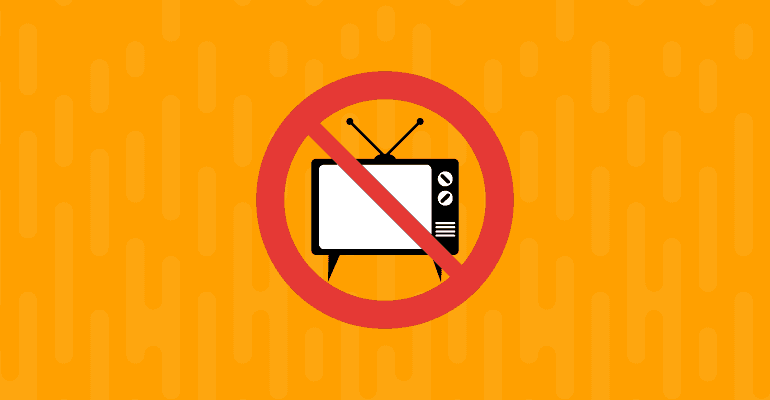A look at how national media outlets have covered coronavirus (COVID-19) and how it raises the hypocrisies and biases intrinsic in India media.
According to the World Health Organization (WHO), coronavirus disease is an infectious disease caused by a newly discovered virus. While it is mild for most of the people it affects, it can prove fatal to older people and/or people with other underlying health or respiratory diseases. As a global pandemic due to its highly infectious nature, extensive media coverage is required, however, the coverage provided by Indian “journalists” such as Arnab Goswami or Sudhir Chaudhary is dubious at best.
The initial stages of coronavirus consist of foreign nationals or returning citizens entering India from high-risk countries, a stage where contact tracing is easy. At this point, Indian media had gone into a coronavirus reporting frenzy, in the initial stages, those who are affected are mostly those who can afford to travel abroad. It is crucial at this juncture to look at the coverage of the aftermath of the Delhi Riots, which in most media houses was non-existent. Stories of bodies being pulled out of drains or empty relief camps or mass detentions of Muslim youth by the Delhi Police evaded the public eye as we chose to focus on the coronavirus.
Now, that the coronavirus is nearing the third stage, which is the community or local transmission, we look at the fallacies of the fourth estate again. There isn’t a single article against the current central government for its low testing rates, Modi not laying down any concrete plans in his speech, the shoddy quarantine facilities, rising xenophobia against people from the North East, and the work done by the communist government is not to be found on the front pages of Zee News, Republic, Times of India, or the Aaj Tak website front page. The media houses mentioned above have been responsible for baying for the blood of peaceful protesters at any instance, however, people who have disobeyed quarantine instructions or hid their travel history and put thousands of people at risk get just a report. Kanika or Kanhaiya and Umar just go to show the difference a name makes in this country.
At the time of writing this article, the Janata Curfew is in place, with media houses focusing to report on PM Modi’s tweets on Janata Curfew, or pictures of empty streets during a curfew, what the Grade A level Journalism of these media houses mentioned above still have failed to report as of 12:01 pm on 22nd March 2020, was how during a government-mandated nationwide lock down and curfew, petrol bombs were hurled at peaceful protesters in Shaheen Bagh. Will the government, police or the people responsible be put under media scrutiny for this? Perhaps tonight we will get to see reports on how the 5 pm clapping ordered by Modi will create vibrations and how Modi is following astrology with his extremely wise and thought out decisions because of agar Modi ne bola hai, toh kuch soch samajh ke bola hoga.
Featured Image Credits: UN News
Prabhanu Kumar Das

